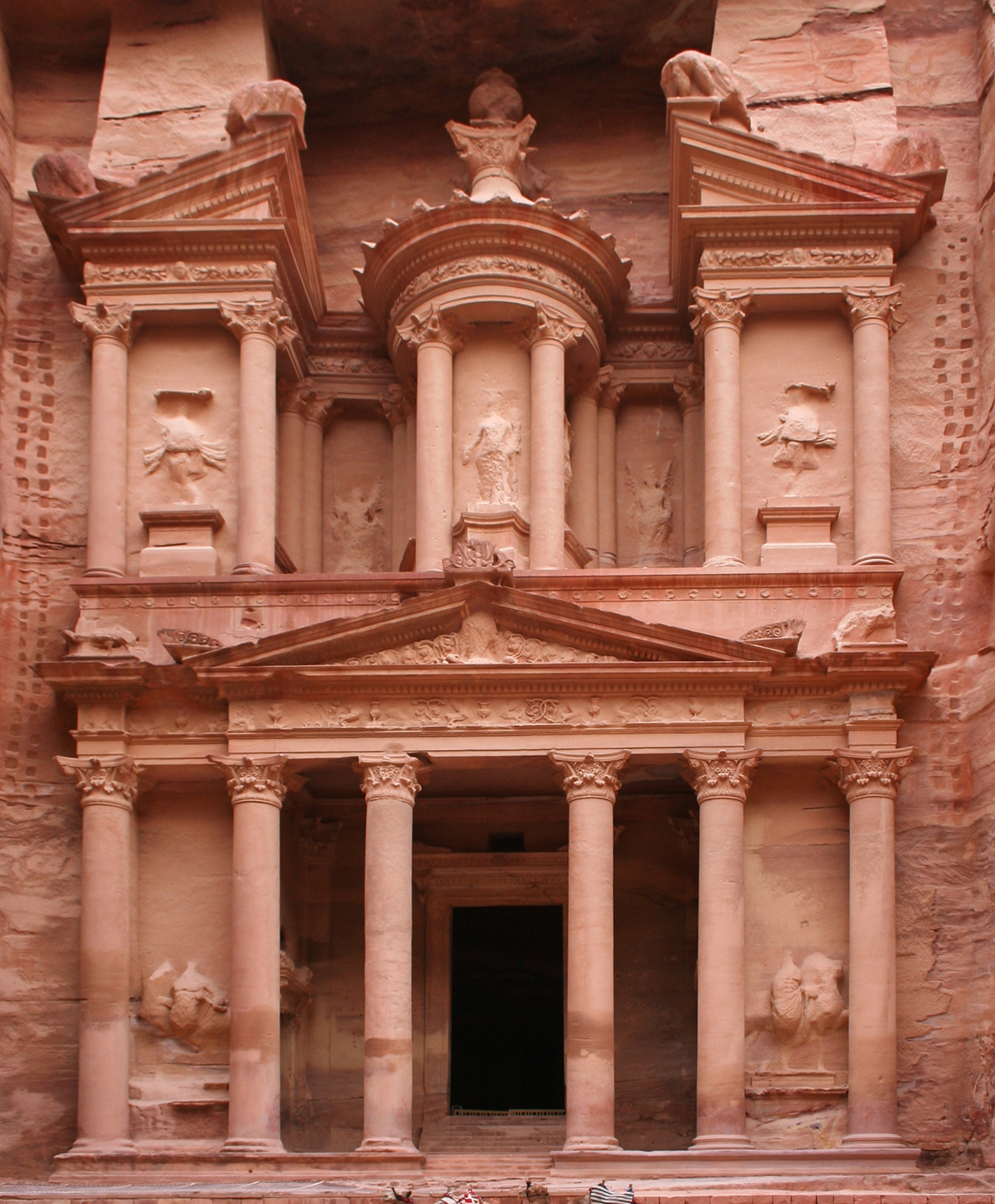The Mystery of Petra's Ruins: History, Discovery, and New Archaeological Research
Introduction
Petra, the legendary city carved into the rock in the heart of the Jordanian desert, continues to evoke fascination and mystery. Known as the "Rose City" due to the color of its rocks, Petra was the capital of the Nabataean Kingdom and a crucial hub for ancient trade routes. However, much remains to be discovered about this extraordinary metropolis, including its true extent and hidden structures beneath the surface.

|

|
|

|
| The Treasury | Siq Canyon | The Monastery | Ancient Ruins |
The History of Petra
Founded around the 6th century BC, Petra became a major trade center due to its strategic location along caravan routes transporting spices, incense, and other valuable goods between Arabia, Egypt, and Syria. The Nabataeans, a nomadic people, transformed the city into an architectural marvel, carving temples, tombs, and monumental structures into the rock.
In 106 AD, the Roman Empire annexed the Nabataean Kingdom, incorporating Petra into the province of Arabia. However, with the decline of trade routes and a series of devastating earthquakes, the city was gradually abandoned and faded into obscurity for centuries.
The Rediscovery of Petra
After centuries of being forgotten, Petra was brought to the attention of the Western world in 1812 by the Swiss explorer Johann Ludwig Burckhardt. Disguised as an Arab pilgrim, he managed to enter the hidden city and described its extraordinary structures. Since then, Petra has become one of the most fascinating archaeological sites in the world and was designated a UNESCO World Heritage Site in 1985.
New Archaeological Discoveries
Recently, archaeologists have uncovered a secret tomb located beneath the famous Al-Khazneh, also known as "The Treasury." Inside the burial site, twelve human skeletons and numerous bronze, iron, and ceramic artifacts were found. The discovery, made public through a Discovery Channel documentary, has raised new questions about the original function of Al-Khazneh and the existence of unexplored underground structures.
Scholars believe that the tomb belonged to members of the Nabataean elite, given its prestigious location. The analysis of the remains could provide crucial information about daily life, burial practices, and the health conditions of Petra's ancient inhabitants.
The Mystery of the Underground Structures
The existence of a tomb beneath Al-Khazneh has fueled theories about an entire underground city. Petra may still conceal many secrets, with tunnels and chambers yet to be explored. Archaeologists are using advanced technologies, such as LIDAR scanning, to map inaccessible areas and uncover new elements of this enigmatic civilization.
The recent discoveries in Petra demonstrate that this ancient city still has much to reveal. Each new excavation adds another piece to the understanding of the Nabataean civilization and its architectural wonders. The mystery of Petra continues to captivate scholars and travelers, making it one of the most intriguing archaeological destinations on the planet.








Leave a Comment